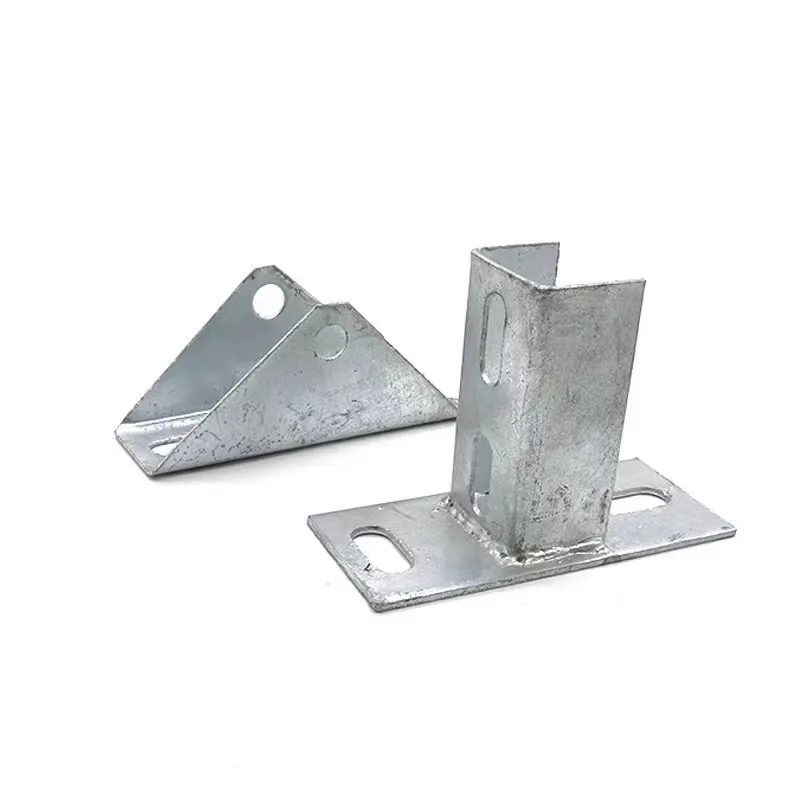

push fasteners
Dec . 07, 2024 13:42 Back to list
push fasteners
Understanding Push Fasteners A Comprehensive Overview
Push fasteners are innovative devices that have found their way into various industries due to their ease of use and efficiency. These fasteners are designed to secure components together without the need for traditional tools such as screws, nuts, or bolts. Instead, they rely on a push mechanism, making them a popular choice for assembly processes in automotive, electronics, and construction sectors.
What Are Push Fasteners?
Push fasteners, often referred to as snap fasteners or push clips, are simple fastening solutions that help in joining two or more components. They typically feature a body with a protruding head that, when pushed into a corresponding hole or slot, locks into place using a cantilever mechanism. This design allows them to hold components firmly while also being easily removable, which is essential for maintenance and assembly tasks.
Types of Push Fasteners
Push fasteners come in various shapes and sizes, each tailored to specific applications
1. Plastic Push Fasteners These are widely used in automotive applications, particularly for securing panels and covers. They are lightweight, resistant to corrosion, and can absorb vibration, making them ideal for dynamic environments.
2. Rubber Push Fasteners Made from durable rubber materials, these fasteners offer enhanced grip and cushioning. They are commonly used in applications where flexibility and durability are critical, such as in mounting electrical components.
3. Metal Push Fasteners For more robust needs, metal push fasteners provide superior strength and stability. They are often used in heavy machinery and construction, where reliability under stress is paramount.
Benefits of Push Fasteners
The popularity of push fasteners can be attributed to several advantages
push fasteners

- Ease of Installation Push fasteners can be installed with minimal effort. Unlike screws that require a tool for insertion, push fasteners can be applied with a simple hand push, reducing assembly time significantly.
- Cost-effectiveness Over time, push fasteners can reduce labor costs due to quicker installation and disassembly processes. They are also often less expensive than traditional fastening methods, making them a favorable choice for manufacturers looking to optimize production costs.
- Versatility With various designs available, push fasteners can be adapted to suit a wide range of applications across different industries. This versatility enables manufacturers to standardize components and streamline their supply chains.
- Reusability Many push fasteners are designed to be reused, which further enhances their cost-effectiveness and reduces waste. This aspect makes them particularly appealing for companies committed to sustainable practices.
Applications of Push Fasteners
The applications of push fasteners are extensive and diverse
- Automotive Industry In vehicles, push fasteners are utilized to secure interior and exterior components such as fender liners, bumpers, and dashboards. Their ability to absorb vibrations while holding parts firmly makes them ideal for automotive use.
- Electronics In electronic devices, push fasteners help secure circuit boards and components without risking damage. Their non-invasive installation method protects sensitive equipment from stress and strain during assembly.
- Construction In construction, push fasteners can be employed for securing insulation panels, drywall, and other materials quickly and efficiently. Their ease of removal is particularly beneficial in temporary structures or during renovations.
Conclusion
In summary, push fasteners represent a significant evolution in fastening technology, combining simplicity with efficiency across a multitude of applications. Their ease of installation, cost-effectiveness, versatility, and reusability make them an essential component in modern manufacturing and assembly processes. As industries continue to seek ways to enhance productivity while maintaining quality and sustainability, the role of push fasteners will undoubtedly grow, solidifying their place in the toolkit of modern engineering.
Latest news
-
High-Strength Hot-Dip Galvanized Bolts-Hebei Longze|Corrosion Resistance&High Strength
NewsJul.30,2025
-
Hot Dip Galvanized Bolts-Hebei Longze|Corrosion Resistance&High Strength
NewsJul.30,2025
-
Hot Dip Galvanized Bolts - Hebei Longze | Corrosion Resistance, High Strength
NewsJul.30,2025
-
High-Strength Hot Dip Galvanized Bolts-Hebei Longze|Corrosion Resistance, Grade 8.8
NewsJul.30,2025
-
Hot Dip Galvanized Bolts-Hebei Longze|Corrosion Resistance,High Strength
NewsJul.29,2025
-
High-Strength Hot Dip Galvanized Bolts - Hebei Longze Metal Products Manufacturing Co., Ltd.|corrosion resistance&high strength
NewsJul.29,2025

